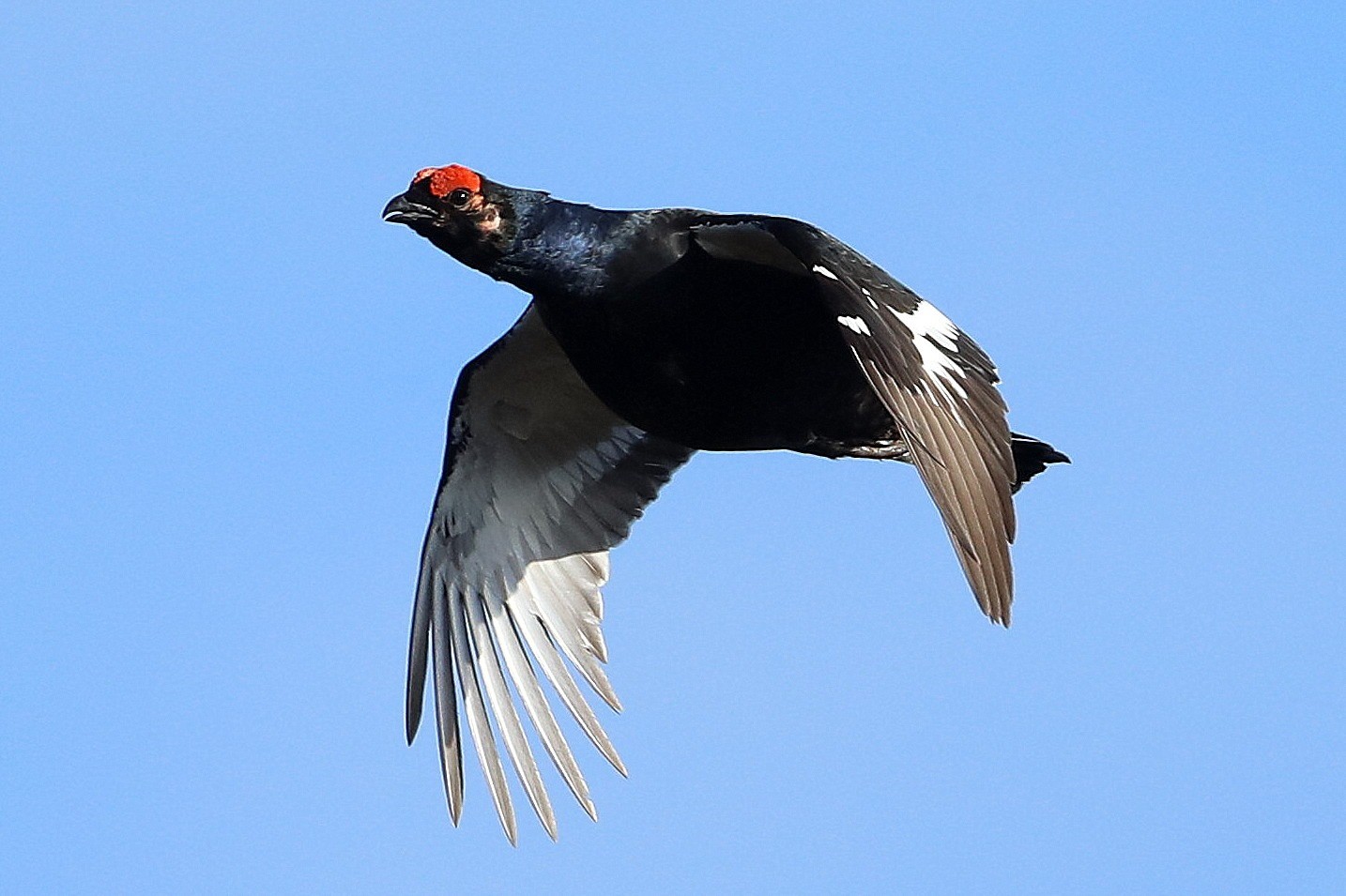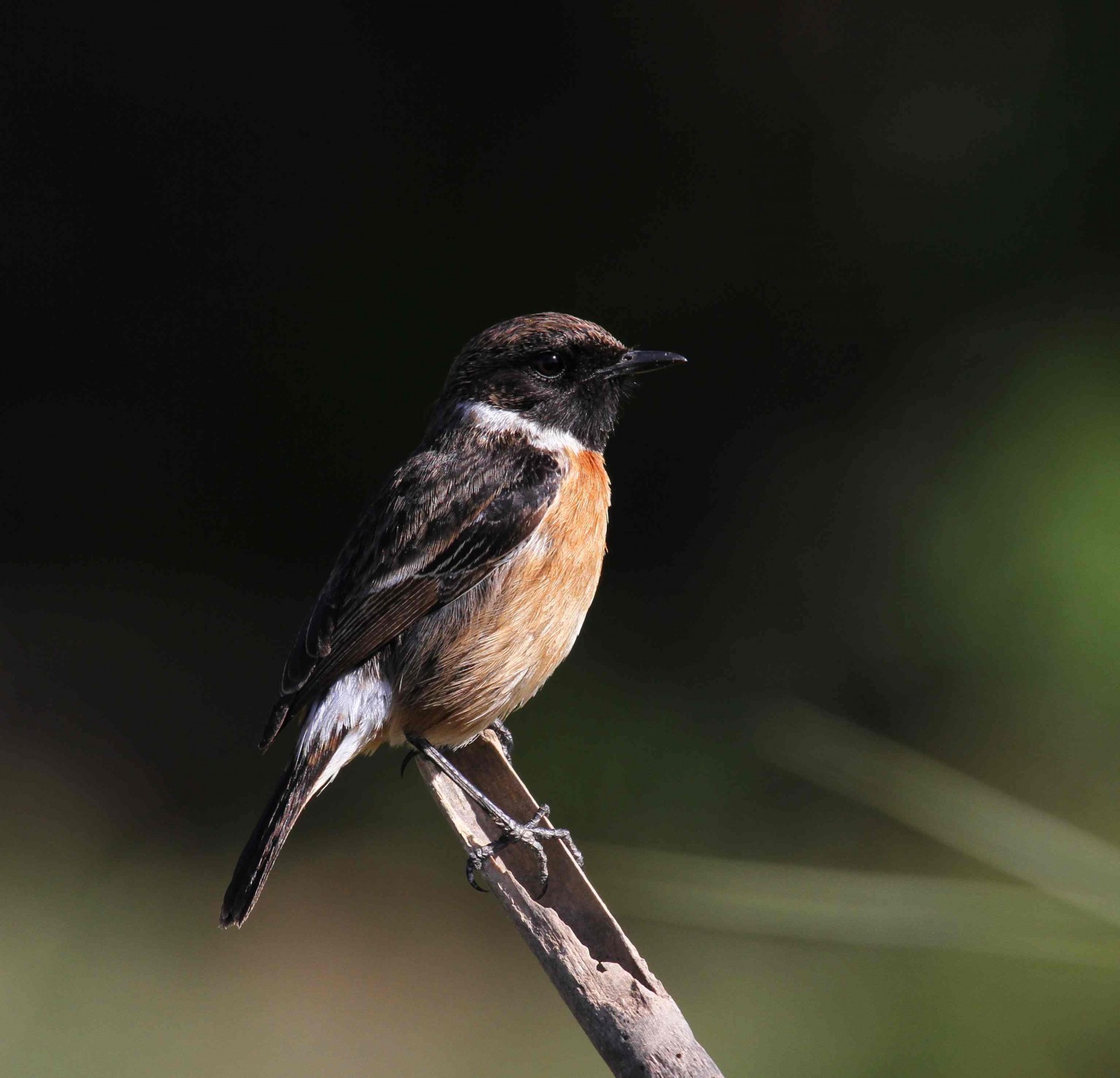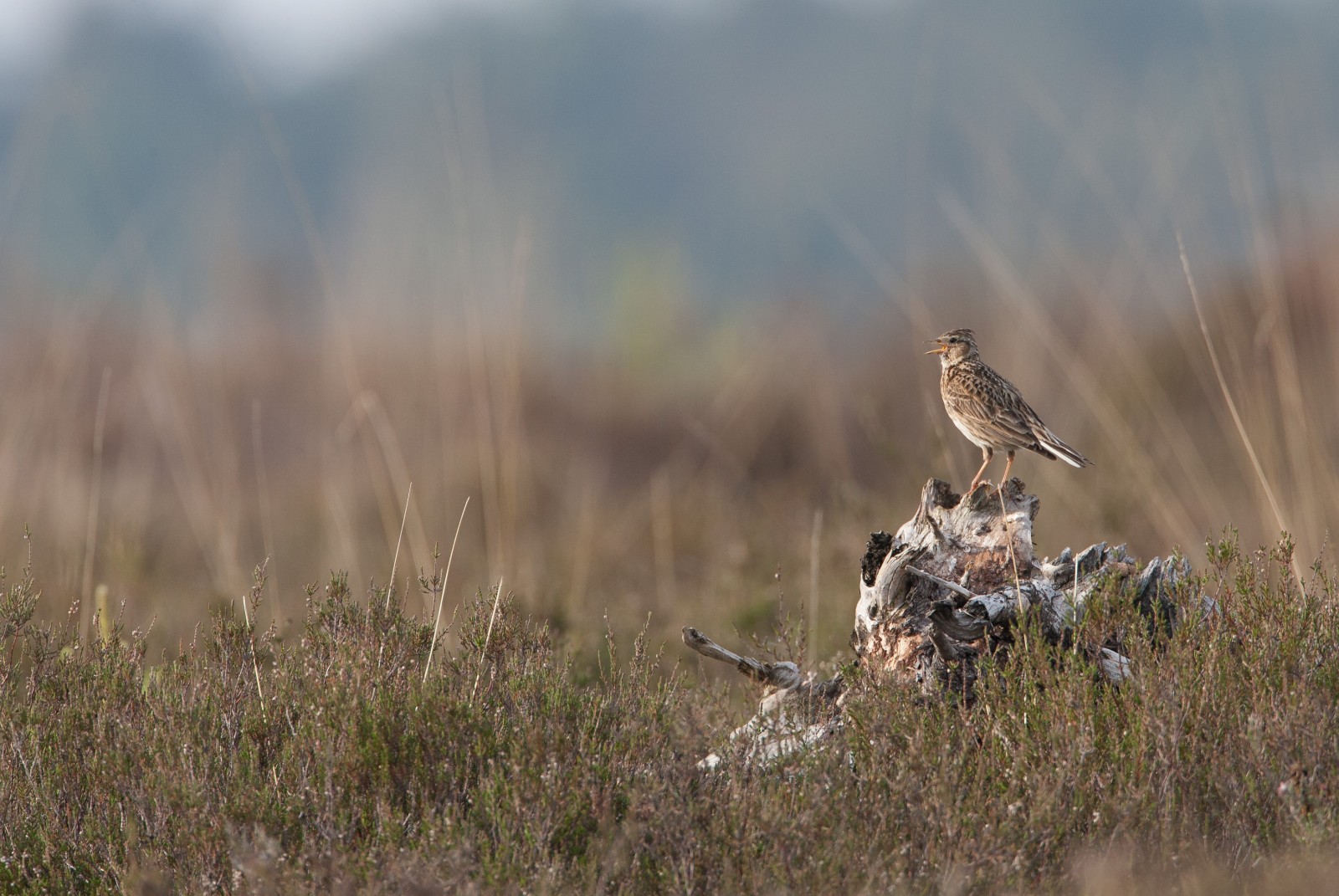Charger images
Les formats d'image autorisés sont de type jpeg, png ou gif
La taille maximale du fichier doit être de 20MB



Large heath area of mainly dry heather with needle and deciduous wood. With height differences. Moorland is about 1500 hectares in size. Natura 2000 site.
National Park Sallandse Heuvelrug is an area with un-Dutch views of large undulating heaths and extensive forests. In the distant past, the landscape was formed by sliding ice, melt water and drifting sand. Most of the Sallandse Heuvelrug is high and dry. Because the soil consists mainly of sand, plant species grow that are resistant to a nutrient-poor and dry environment. More than 75 species of birds breed in the National Park. The want-to-see-species are Tarier pâtre, Grand Corbeau, Engoulevent d'Europe and of course Tétras lyre. Sallandse Heuvelrug is the last place in the Netherlands where you find Tétras lyre. The best time to see them is early in the morning from March to mid-May when they are courting.
In the old coniferous forests you can see Mésange noire, Mésange huppée and Bec-croisé des sapins. And also birds of prey such as Bondrée apivoreand Autour des palombes can be seen and heard. Other nice birds you can see encounter are Pic noir, Loriot d'Europeand Pie-grièche écorcheur. In winter you can see birds like Tarin des aulnes, Pinson du Nord, Sizerin flammé, Pie-grièche griseand Faucon pèlerin.
_________________________
Nederlands: Nationaal Park Sallandse Heuvelrug is een gebied met on-Nederlandse vergezichten over grote glooiende heidevelden en uitgestrekte bossen. In een ver verleden werd het landschap gevormd door glijdend ijs, smeltwater en stuifzand. Het grootste deel van de Sallandse Heuvelrug is hoog en droog. Omdat de bodem voornamelijk uit zand bestaat, groeien plantensoorten die resistent zijn tegen een voedselarme en droge omgeving. In het Nationaal Park broeden meer dan 75 soorten vogels. De soorten die je hier wil zien zijn Tarier pâtre, Grand Corbeau, Engoulevent d'Europe en natuurlijk het Tétras lyre. De Sallandse Heuvelrug is de laatste plaats in Nederland waar het Tétras lyre leeft. Maar het is wel heel lastig om ze echt te zien te krijgen. De beste tijd om ze te zien is 's ochtends vroeg van maart tot half mei, wanneer ze baltsen.
In de oude naaldbossen zie je Mésange noire, Mésange huppée en Bec-croisé des sapins. En ook roofvogels zoals Bondrée apivore en Autour des palombes zijn te zien en te horen. Andere leuke vogels die je kunt zien zijn Pic noir, Loriot d'Europe en Pie-grièche écorcheur. In de winter kun je vogels zien als Tarin des aulnes, Pinson du Nord, Sizerin flammé, Pie-grièche grise en Faucon pèlerin.
Parking on the N35 near Nijverdal, at the visitors' centre National Park Sallandse Heuvelrug or Erve De Pas (on the west side of the area near Haarle). The National Park is also easily accessible by public transport, for example by train (trainstations in Nijverdal and Holten). Best is to explore the area on foot or by bike. There are many hiking trails and cycling routes. The walking route indicated on the map is approximately 11 km.
_________________________
Nederlands: Parkeren op de N35 bij Nijverdal, bij het bezoekerscentrum Nationaal Park Sallandse Heuvelrug of Erve De Pas (aan de westkant van het gebied bij Haarle). Ook met het openbaar vervoer is het Nationaal Park goed te bereiken, bijvoorbeeld met de trein (stations in Nijverdal en Holten). Het beste is om de omgeving te voet of met de fiets te verkennen. Er zijn veel wandelpaden en fietsroutes. De wandelrote die is aangegeven op de kaart is ongeveer 11 km.
Votre feedback sera transmis à l’auteur.rice de cette zone et à l’équipe éditoriale de Birdingplaces, qui l’utiliseront pour améliorer la qualité des informations. (Vous souhaitez publier un commentaire visible en bas de page ? Fermez cette fenêtre et choisissez l’Option 1 : « Publier un commentaire, un conseil ou une observation ».)
Veuillez fournir des suggestions d'améliorations ou d'ajouts au texte de ce site ornithologique.
Veuillez fournir vos suggestions d'améliorations ou d'ajouts à la carte.
Veuillez fournir des suggestions d'améliorations ou d'ajouts à la liste des oiseaux.
Cliquez sur l'icône de l'oiseau () Insérez les noms d'oiseau dans votre langue. Ils seront automatiquement traduits pour les autres usagers !